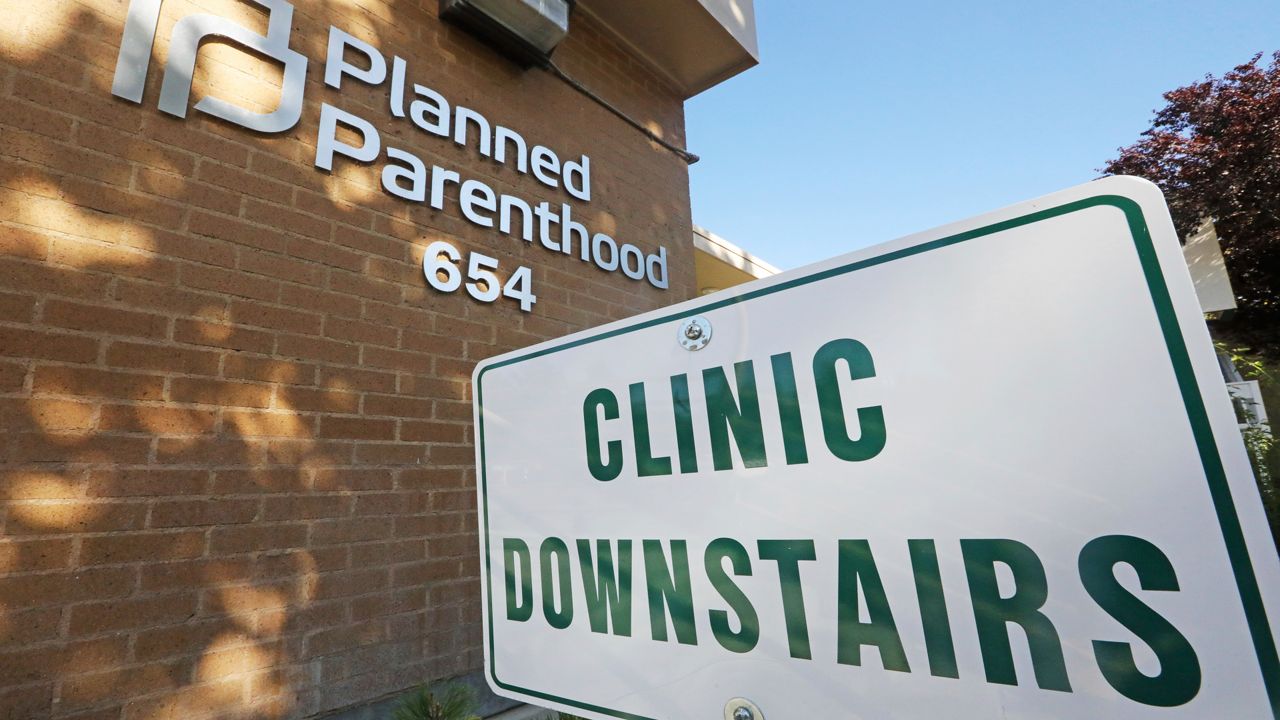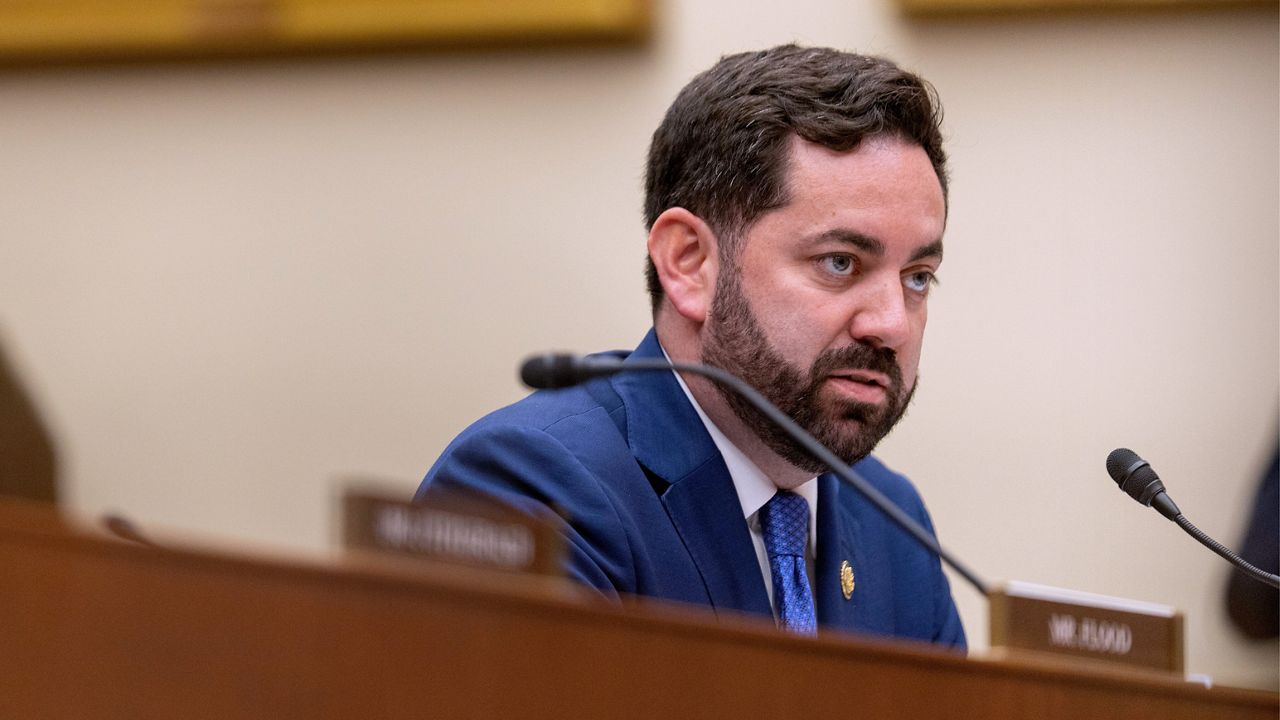The New York Power Authority is opening a first-of-its-kind electric grid and power systems laboratory.
The Advanced Grid Innovation Laboratory for Energy, or AGILe, will be a research center at the NY CREATES' Albany NanoTech Complex that can host various simulations to help promote more sustainable power and the transition to clean energy across New York state and beyond.
“AGILe is more than just a technical facility. It’s a hub that’s designed for collaboration of national and global stakeholders to evaluate and solve grid-related challenges,” NYPA President and CEO Justin Driscoll said during a ribbon-cutting ceremony Wednesday.
What You Need To Know
- The New York Power Authority is opening the Advanced Grid Inovation Laboratory for Energy, or AGILe
- Monitoring electric grid simulations, experts will have an opportunity to evaluate future scenarios, new products and their impact on a grid
- Information and data gathered will allow for new technolgoies to be deployed at scale faster
By way of real-time electric grid simulations, experts will have an opportunity to evaluate future scenarios, new products like energy storage devices and its impact on an electric grid.
“Where we sit today, so many of the models that we utilize are static,” New York state Energy Research and Development Authority President and CEO Doreen Harris said. “They’re not reflective of the ability to actually deploy technologies.”
With the ability to connect equipment physically and virtually to various grid conditions, AGILe will allow new technologies to be deployed at scale faster.
“I call it hyper-collaboration that’s necessary to get from here to there,” Harris said.
The NYSERDA is already providing $8 million to support initiatives at AGILe geared toward cybersecurity, grid reliability and modernization over the next three years.
“This is the hub of innovation, if not for the east coast in my view, for the country,” state Assemblywoman Patricia Fahy said. “These investments matter.”
It falls in line with some of lofty goals set by state leaders, including the reduction of greenhouse gas emissions by 40% by 2030 and 85% by 2050 from 1990 levels.









